After finishing last month’s post on professional development and skills acquisition, I became more interested in the role training plays in modern organizations and people’s attitudes towards it. That is, what it’s for and when it should happen.
For the most part, unless we’re talking about refreshing staff’s memory about safety practices, it seems training is usually thought of as something that typically only happens at the start of a new role. After that, it’s done on an ad hoc basis, usually because change is needed to either work processes or performance quality.
This attitude toward post-onboard training takes a very fixed view of what training is for and what it should accomplish, namely that it is a tool used by management to address workplace issues.
Yet training doesn’t have to be so one-directional. If used strategically, it can be used as a leadership exercise that allows staff members of all seniority levels to communicate with the rest of the organization to find the best way forward for everyone.
An Alternative Post-Onboard Training Model
Unlike an employee’s initial training after joining an organization, post-onboard training isn’t really about defining organizational standards for how various processes should be carried out. Sometimes, this sort of re-training is necessary as a remedial measure if employees start to drift from those standards, though this isn’t the sort of training we’ll be focusing on today.
Instead, we’ll be looking at how employees commonly develop their own method—or personal style—that allows them to both play to their strengths and meet the organizational standard.
Do you have any employees who are particularly good a certain tasks? Maybe someone who never misses deadlines, or someone else who is really good at building rapport with clients? Perhaps a third person with specialized knowledge about a new app your organization is going to start using?
Have you ever tried using your employees to train each other on how they do the tasks at which they excel?
The idea with this sort of training isn’t really about teaching staff how to do their jobs, but how to do those jobs more efficiently by drawing on the techniques already shown to be effective by a top performer in that skill area.
This training model also has the added benefit of letting staff lead training sessions, affording them a leadership opportunity. It is thus a training session in which the trainer is also training to become a more effective leader and speaker, making it a very simple and cost-effective way to support employee development.
One of the key benefits of this training model is that these opportunities are not closed off to the more junior members of the team: everyone has different skills and experience and sometimes adding a new presence into the mix can help us see new possibilities previously covered up by old habits.
Talk about New Ideas Frequently
This style of training is worth a try for the leadership training and process optimization alone. But a major secondary benefit is that it encourages broad organizational dialogue: management to staff, staff to management, and staff to each other—which helps to keep everyone on the same page as the organization changes and grows (and can sometimes reveal when an organization needs to change and grow).
Creating this dialogue is where management comes in. While the training itself is led by the staff member, management should facilitate a post-session discussion by asking pointed questions to the trainer and other staff members about the session topic.
This dialogue is vital because it reveals areas where certain people are doing things others aren’t. If this is a problem, it can be corrected. If it’s a solution to a problem, it can be used to refine an inefficient process and may even lead to a new organizational standard if it points out a gap in the current workflow.
In order to get maximum benefit from this sort of training dialogue, however, it needs to happen on a regular basis.
Anywhere from once per week to once per quarter could be appropriate. But it needs to be frequent enough to keep up with industry changes so that employees can discuss evolving best practices and why any proposed changes stand to improve things, even if there may be some growing pains in the early stages.
About our guest author: Logan M. Rohde, PhD
Logan finished his doctorate at the University of Western Ontario in English in 2018 and has since moved into freelance writing for business leaders.
